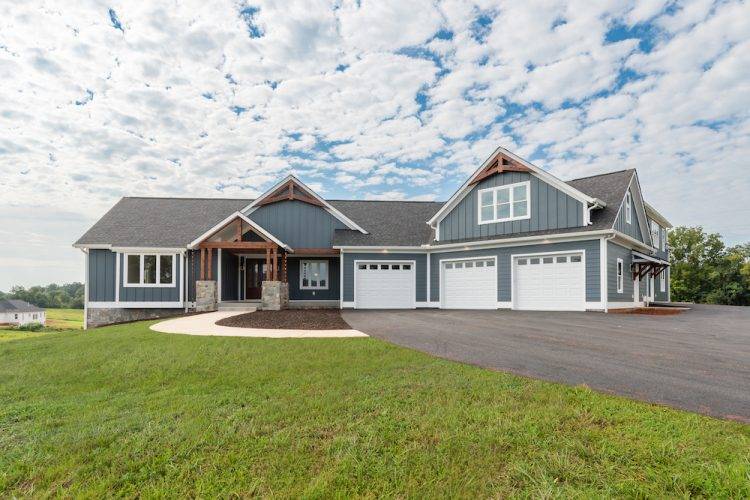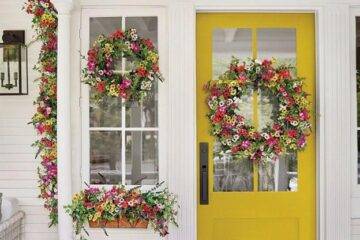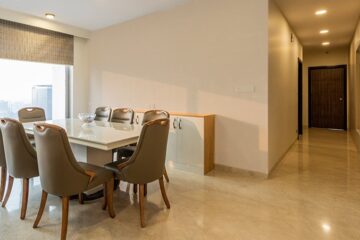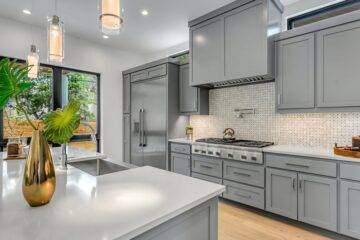Harmony Across Generations: Crafting the Ideal Multi-Generational Home

As societal dynamics continue to evolve, so too do our perspectives on family living arrangements. The concept of a multi-generational home is gaining traction, reflecting a desire for stronger family bonds, shared responsibilities, and a more interconnected way of life. In this blog, we will explore the benefits and considerations of creating a multi-generational home, offering insights into how to design a space that fosters harmony and mutual support.
The Changing Face of Family Living
In the past, it was common for families to follow a linear progression – children would grow up, move out, and establish their own households. However, contemporary challenges such as rising living costs, an aging population, and the desire for enhanced familial connections have spurred a reevaluation of traditional living arrangements. Exploring versatile duplex designs Sunshine Coast becomes a strategic step in achieving a harmonious living space for all generations involved.
Benefits of a Multi-Generational Home
- Shared Financial Responsibility: One of the primary advantages of a multi-generational home is the distribution of financial burdens. From mortgage payments to utility bills, sharing these responsibilities among multiple generations can significantly ease the financial strain on individual households.
- Child and Elderly Care: Multi-generational living facilitates built-in support systems for childcare and eldercare. Grandparents can play an active role in raising grandchildren, providing a loving and stable environment. Simultaneously, younger family members can offer assistance and companionship to their elders.
- Emotional Support: Living under one roof fosters a sense of emotional closeness. Family members can easily share their triumphs and challenges, providing a robust support system during both joyous and trying times.
Designing the Ideal Multi-Generational Home
- Flexible Spaces: Consider creating flexible living spaces that can be adapted to the changing needs of each generation. A space that serves as a playroom for children during the day might transform into a quiet study for an adult or a communal area for family gatherings in the evening.
- Separate Living Areas: While shared spaces are vital, ensuring that each generation has its private living area is equally important. This allows for autonomy and personal space, promoting harmony within the household.
- Accessibility and Safety: Keep in mind the needs of elderly family members by incorporating accessibility features. This might include ramps, wider doorways, and grab bars in bathrooms. Prioritizing safety measures ensures a comfortable living environment for everyone.
- Open Communication: Successful multi-generational living hinges on open communication. Establish clear expectations regarding responsibilities, financial contributions, and the division of shared spaces. Regular family meetings can provide a forum for discussing concerns and finding solutions together.
Creating a multi-generational home is a thoughtful and intentional process that involves careful consideration of the needs and dynamics of each family member. By fostering open communication, designing flexible spaces, and emphasizing the benefits of shared living, families can craft a home that not only accommodates multiple generations but also strengthens the bonds that tie them together. As we celebrate the one-year anniversary of this blog, let it serve as a guide for those seeking to embark on the rewarding journey of building a harmonious multi-generational home.










